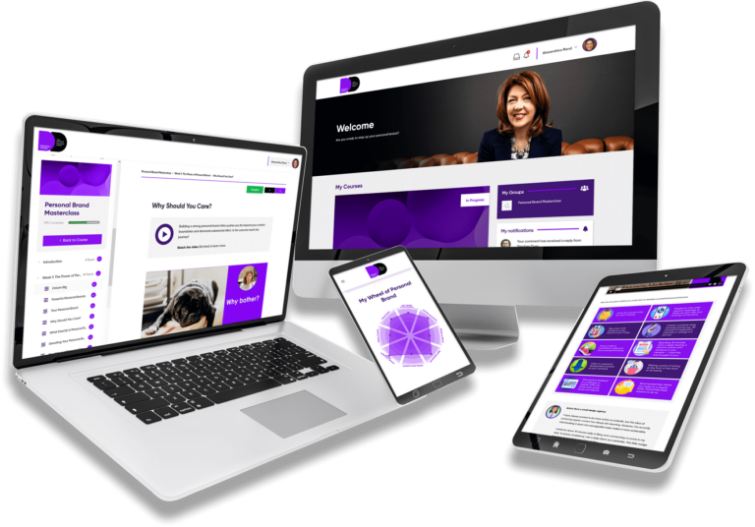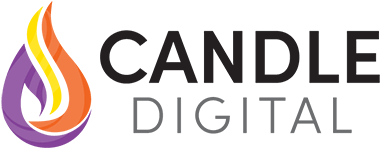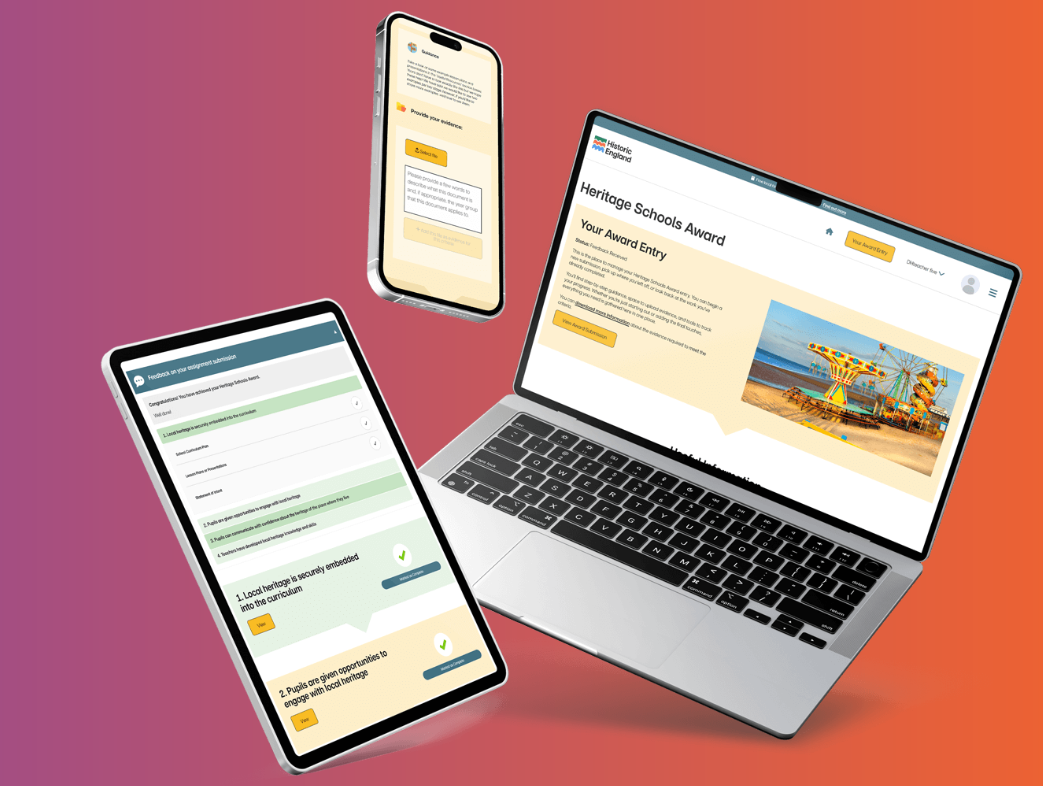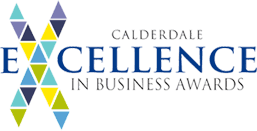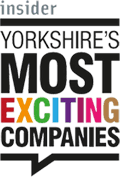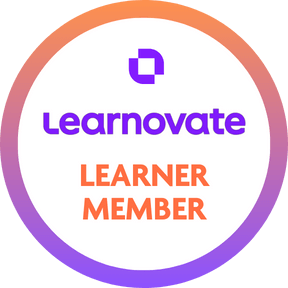Do You Have a Signature Framework?

Over the past year, I’ve been part of Daniel Priestley’s ‘Key Person of Influence’ Accelerator (one of the outputs being this blog you’re reading right now).
There are many reasons why the accelerator works, but one stands out: Priestley’s ‘5 Ps’ Signature Framework.
His method argues that to become a key person of influence, you need to excel in five key areas:
- Pitch
- Product
- Publish
- Profile
- Partnerships
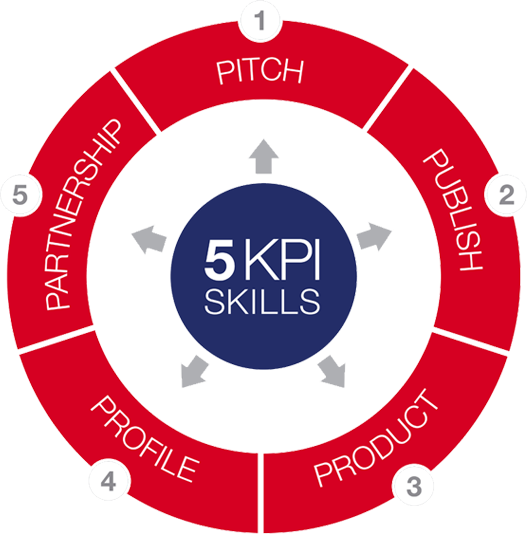
(Image: DENT‘s 5Ps framework)
There is a lot of detail that goes behind each of these, but the simplicity of the framework and its clear, structured approach makes it memorable and actionable (an added dash of alliteration doesn’t hurt either).
If you look around other subject experts who are thriving, they typically have a framework they can call their own too.

Deborah Ogden, who specialises in personal brand, helps her clients show up with impact and memorability through her 3 C’s framework.
(Clarity, Community and Capitalise – in case you were wondering).
Delve – another client of ours – have developed their unique Talent Tool framework to aid conversations around talent development.
We’ve even been at it. We created a 5-stage approach to turning ideas for online learning into high-impact digital products, which we call Beacon.
Why You Need a Signature Framework
Without a clear structure, your expertise can often feel overwhelming (both to your audience and yourself).
A signature framework distils your ideas into a coherent system your clients can grasp with more ease, instead of having to ‘join-the-dots’ themselves.
It increases the likelihood that your ideas will not only be remembered but also applied.
Expertise is everywhere, but a well-crafted framework sets you apart. It becomes your intellectual property, your differentiator. When everyone else is offering similar knowledge, your framework helps you stand out.
Creating your own framework can take time, and involve digging deep into your insights. A signature framework is a mark of authority, demonstrating that you’ve thought deeply about your subject, challenges the assumptions and are offering something valuable.
People trust experts who can simplify complexity into a structured process (and when people are buying a shortcut to an outcome, less is more).
Finally, a signature framework helps you to scale. It makes it easier to turn your knowledge into products or services that can be replicated and sold.
Whether you’re moving from consulting to digital products or launching a new program, a solid framework can help you expand without losing the essence of ‘you’.
Creating Your Signature Framework
So, how do you build your own framework? It’s not as daunting as it sounds, but it requires focus and intentionality.
1. Identify your core themes and principles
Firstly, you need to dig into the key principles that underpin everything you teach or do. Think about the recurring themes in your work. These become the foundation of your framework.
You’re looking for the ideas you always return to (your “non-negotiables”).
2. Organise your ideas into a logical flow
Once you’ve identified your key themes, it’s time to put a structure to it that guides people from start to finish.Your framework isn’t just a set of loose concepts.
Make sure there’s a logical progression that makes sense for your audience.
3. Make it memorable
Names matter. A catchy or memorable name helps your framework stand out and be recalled easily.
Think about imagery you can use to visualise your framework too (e.g. steps, pillars or cycles) and make it easy to digest.
4. Test and refine
Before you release your framework to the world, test it. Share it with a small group of clients or peers, and see how it resonates. Is it clear? Does it deliver the intended results?
Refine it based on feedback, and keep improving until it’s bulletproof.
5. Integrate it into everything you do
Your signature framework should become the spine of your content and become your ‘calling card’. Reference it in blog posts, webinars, workshops, or social media.
The more you integrate it into your work, the more your audience will start to associate you with it.
6. Evolve it
A framework is not set in stone. As you grow and your expertise deepens, allow your framework to evolve. At Candle Digital we went through various iterations of our Beacon framework, and we suspect it has many more changes to come yet.
The best frameworks adapt over time, staying relevant to your audience’s needs and incorporating new insights.
Becoming the Expert
Creating a signature framework isn’t just about making your expertise easier to understand, it’s about transforming the way people engage with your knowledge. It gives you clarity, authority, differentiation, and scalability.
Your framework is the key to becoming expert in your field, not just another voice in the crowd.
So, what will yours look like?
Fresh Insights Direct to Your Inbox
Enjoyed this article?
Join the Candle Digital Mailing List
You Have Proven Expertise.
Now Scale It.
